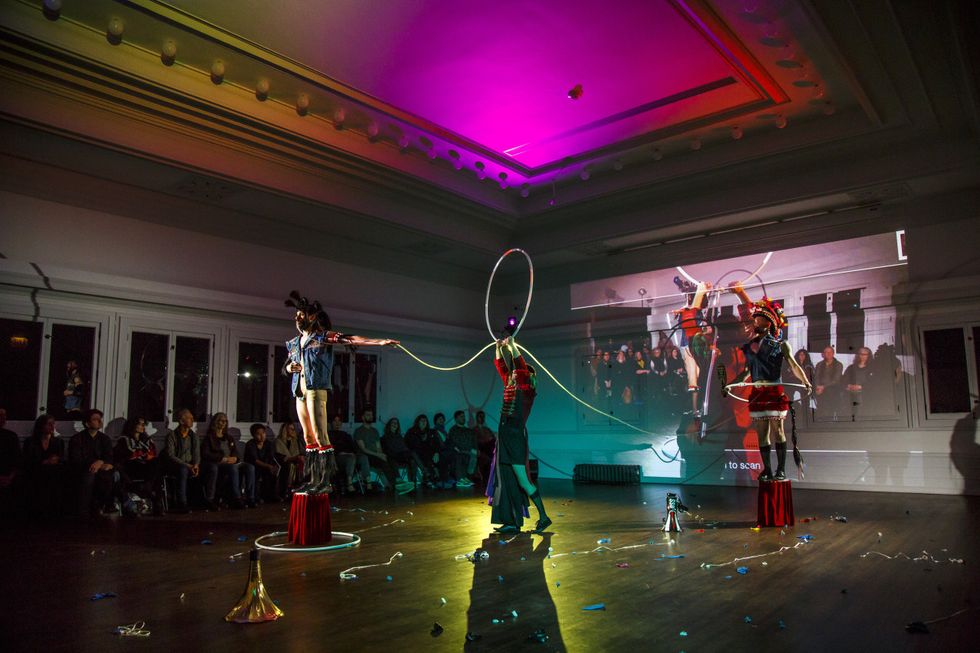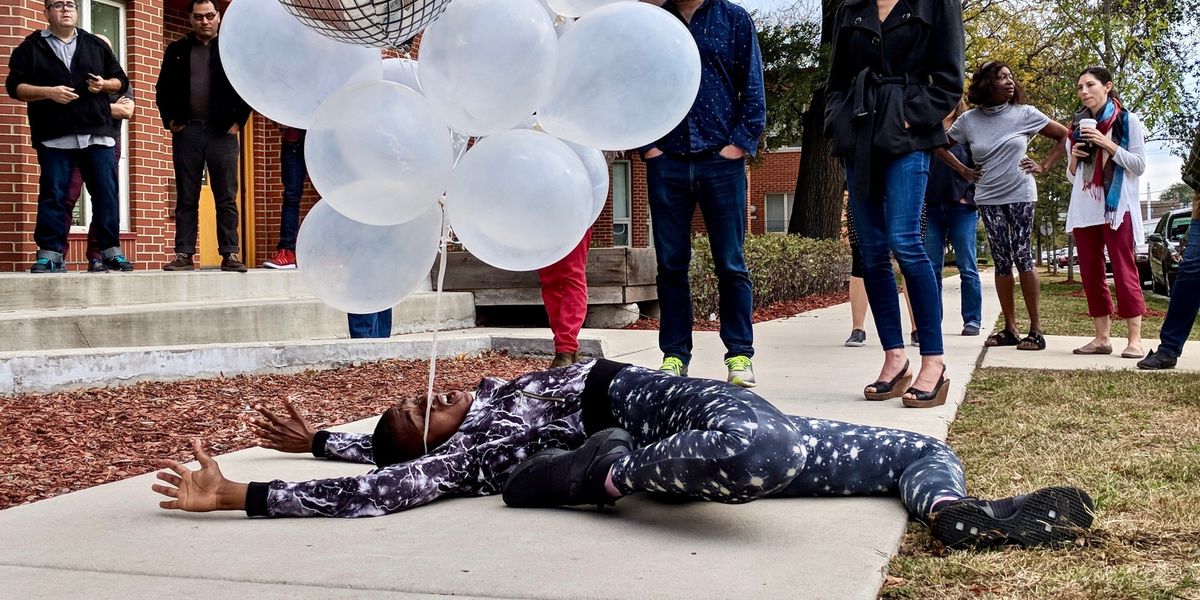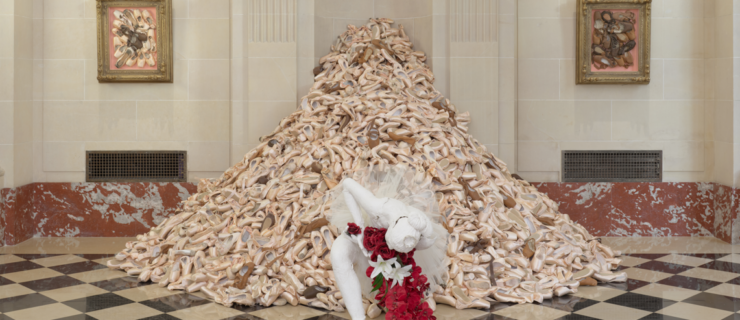What's New in the Windy City? 3 Big Takeaways from Elevate Chicago Dance
Having spent most of the past 15 years in Chicago, I can confidently say that Elevate Chicago Dance was the most comprehensive celebration of the city’s dance scene this century. A dozen events packed 10 venues for three full days, featuring the work of more than 150 performers, representing nearly 40 locally-based dance artists and organizations. Nearly all were recipients of Lab Artist Awards from Chicago Dancemakers Forum, or had been selected to participate in a Regional Dance Development Initiative that CDF and the New England Foundation for the Arts launched in partnership in 2015.
It was an occasion to recognize how vibrant and diverse Chicago’s contemporary dance community is today, spurred in large part by CDF’s Lab Artist Program, which awards to up to six dancemakers $15,000 each and will mark its 15th anniversary later this year. (Choreographers can apply now through February 6.)
While avid dance fans were likely familiar with at least some of the works presented during Elevate—most of them being current repertory or in-progress, as opposed to premieres—certain things only came into focus once I had an opportunity to take in the bigger picture all at once.
1. Trendwatch: No Trends
More than ever, Chicago dance artists resist the urge to follow each others’ leads. Sure, the ensembles ATOM-r and The Humans are both working with video projections, but you’d be hard-pressed to name even one way in which they’re using them in the same manner. NIC Kay and Zephyr Dance both presented site-specific pieces, but while Kay used movement to transform indoor and outdoor spaces from the body outward, Zephyr’s dancers explored limitations imposed upon them by architect David Sundry’s installation. Ginger Krebs, also an accomplished visual artist working in multiple media, creates and builds props and costume pieces to more specifically illustrate her choreographic ideas; Onye Ozuzu‘s current project begins in many ways within objects and tools, which in turn generate and inform her movement material.

ATOM-r in Kjell Theøry at the Graham Foundation for Advanced Studies in the Fine Arts with, from left, Justin Deschamps, Judd Morrissey, and Christopher Knowlton. Photo © Grace DuVal.
2. No Single Center of Gravity
Those who, like me, sought to experience as much of Elevate as they could spent a lot of time traveling from place to place, in one of the biggest cities in the country. Elevate’s producers intentionally avoided bestowing “hub status” on any one venue or institution, in order to underscore the geographic spread of places where dance happens in Chicago, and to highlight the many ways in which the works reflect and live within different communities and neighborhoods.
Elevate’s first day included performances at the South Shore Cultural Center, a majestic Chicago Park District fieldhouse closer to Indiana than to downtown; studio showings the following morning were at Loyola Park, equally far north of the Loop. In between, on the West Side, we visited Defibrillator Performance Gallery (dfbrl8r) and Links Hall, in addition to events at the Dorchester Art + Housing Collaborative and High Concept Labs—two strong examples of the adaptive reuse craze that’s a key driver of this city’s building boom.

Christopher Knowlton, foreground, and Matthew McMunn at High Concept Labs with, seated at left, Hugh Sato and Ryan Ingebritsen. Photo by Zachary Whittenburg.
3. Versatility in Vogue
One of the great pleasures of Elevate Chicago Dance was seeing busy freelance artists reappear throughout the festival, in works by multiple choreographers. Since these pieces more often than not had very little in common (see point number one), Elevate served as a useful reminder of how versatile Chicago’s dancers are—and need to be.
In Mycelial: Street Parliament from Erica Mott Productions, Christopher Knowlton was the responsive avatar of digital information being processed live; in ATOM-r’s Kjell Theøry the night before, he was extravagantly costumed in a bicorne hat, spinning dervishly with a giant hoop. Nejla Yatkin returned for Mycelial: Street Parliament after showing her own solo, What Dreams May Come, and videos from her many collaborations overseas. Zachary Nicol performed two works back-to-back, fighting for glory while wearing an acid-green sash in Krebs’ Soft Parade, then switching gears to execute tasks and structured improvisations in Joanna Furnans’ Genuine Fake. (Nicol also appeared onscreen in The Startled Faction, a new film by Catherine Sullivan.)

Erica Mott Productions, Mycelial: Street Parliament with, from left, Matthew McMunn, Nejla Yatkin, Michelle Broecker, and Christopher Knowlton. Photo by Zachary Whittenburg.
For a detailed rundown of each event, and further conclusions, click here to read a Summary Journal of Elevate Chicago Dance online at chicagodancemakers.org.




